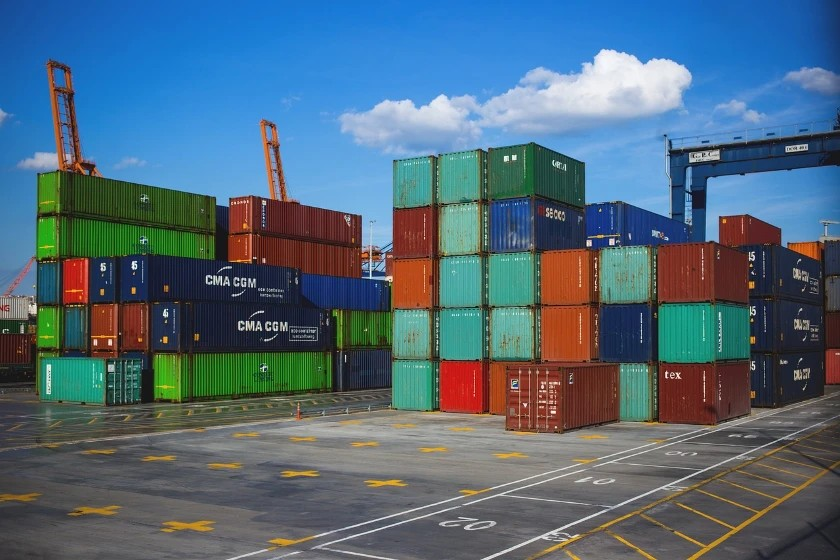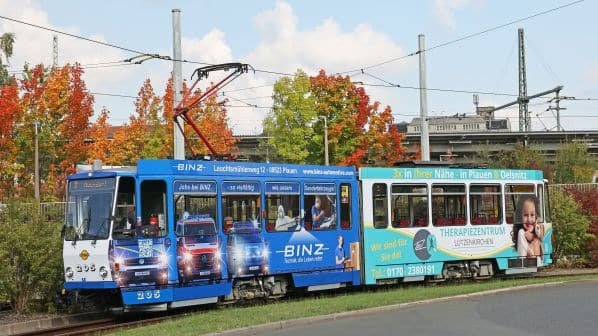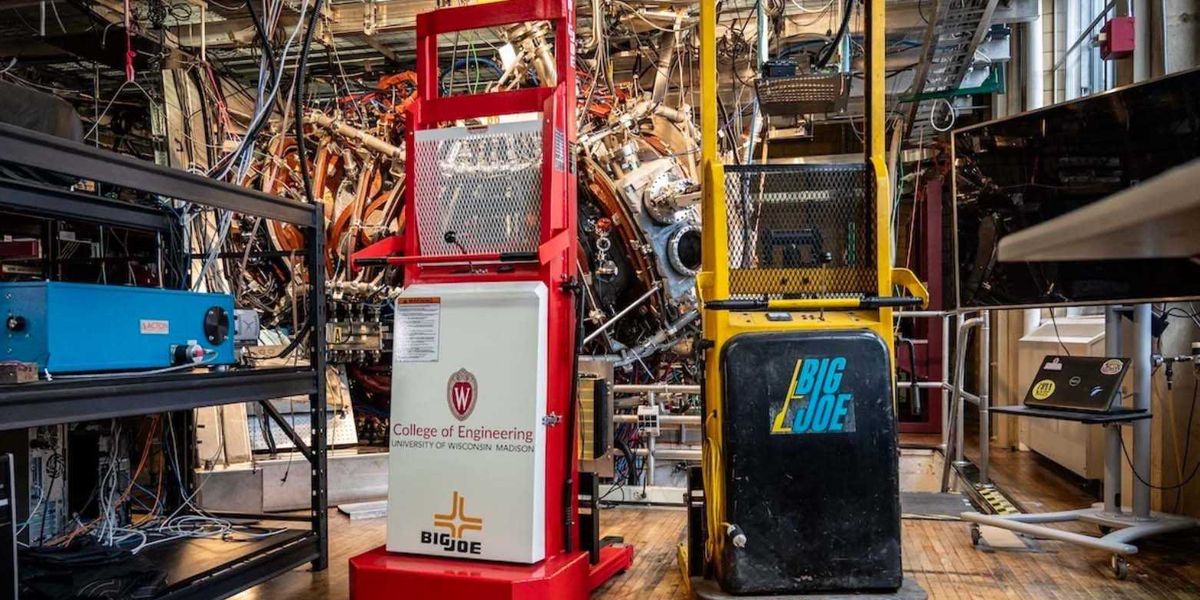The global container shipping industry is preparing for a large financial strike, as the United States moves forward with a new tariff targeting Chinese ships run by Chinese. According to Alphaliner, the leading transport companies can collectively face up to $ 3.2 billion of fees by 2026 under effective measures on October 14.
Also read: Definitions outperform the closure as an increasing economic threat
The customs duties, imposed by the US Trade Representative (USTR), are designed under Article 301, in order to “reverse Chinese hegemony and restore the construction of American ships.” Fees will be imposed on the owned or operated Chinese ships at US ports of $ 50 per ton of net (NT) per trip, with fees rising by $ 30 until 2027.
Non -Chinese tankers that use Chinese ships will be affected by more than 4000 Chinese rings or 55000 DWT, as they face primary fees of $ 18 per NT or $ 120 per teu in 2025, and an increase of $ 5 each year. Each ship is crowned on five charges annually, and the two classes cannot be combined. The operators who invest in the US -made ships may qualify to suspend three -year fees, providing limited comfort.
Among the most affected, the COSCO Group, where possible fees will reach $ 1.53 billion, or nearly half of the total expected burden for the top ten transport companies. Zim, One and CMA CGM also face a major exposure, with an estimated $ 510 million, $ 363 million, and $ 335 million, respectively, due to its intensive use of Chinese legal tune.
Within the Gemini Cooperation Alliance, Maersk is expected to bear about $ 17.5 million of fees, while HaPag-Lloyd may face about $ 105 million, which reflects its dependence on Chinese-owned ships.
One of the important factors in the impact of customs tariffs is Seaspan, which is a major load -based load in Hong Kong with a fleet of 54 ships (0.62 million mosquitoes in the United States) that serve the United States deals. Alphaliner estimates that Seaspan’s publishing operations can generate $ 1.31 billion of total fees through affected transport companies. To reduce exposure, it is said that the company is moving to Singapore, allowing its customers to avoid classification as a load owned by China.
Not all carriers are equally exposed. Evergreen and HMM are expected to avoid the new definitions completely, as the HMM fleet is isolated approximately (23 of 25 ships) of measures.
On the basis of each unit, the difference in the cost is remarkable: Alphaliner is $ 2,121 per teo at additional costs for COSCO services to the United States, compared to only $ 26 for each Teu for MAERSK.
The transport companies have reduced the lack of a long -term turmoil, saying that new measures will have a limited impact on service networks or shipping rates. Most of them have already amended their shipping operations during the 180 -day grace period, which started on April 17.
MSC, for example, withdrew 9,411 TEU MSC Jeongmin – owned by Shanghai Rental Bank – from the “Quick California” service to the American West Coast, with Los Angeles’s final invitation on August 3.
The USTR tariff represents a size version of the plan announced in April 2025, which features low levels of targeted duties and exemptions aimed at reducing China’s dominance in building global ships without severely disrupting commercial flows.
With the approaching date of the implementation of October 14, transport companies continue to control their strategies-the balance between organizational compliance, cost containing, and the stability of the network in an increasingly politicized shipping environment.










